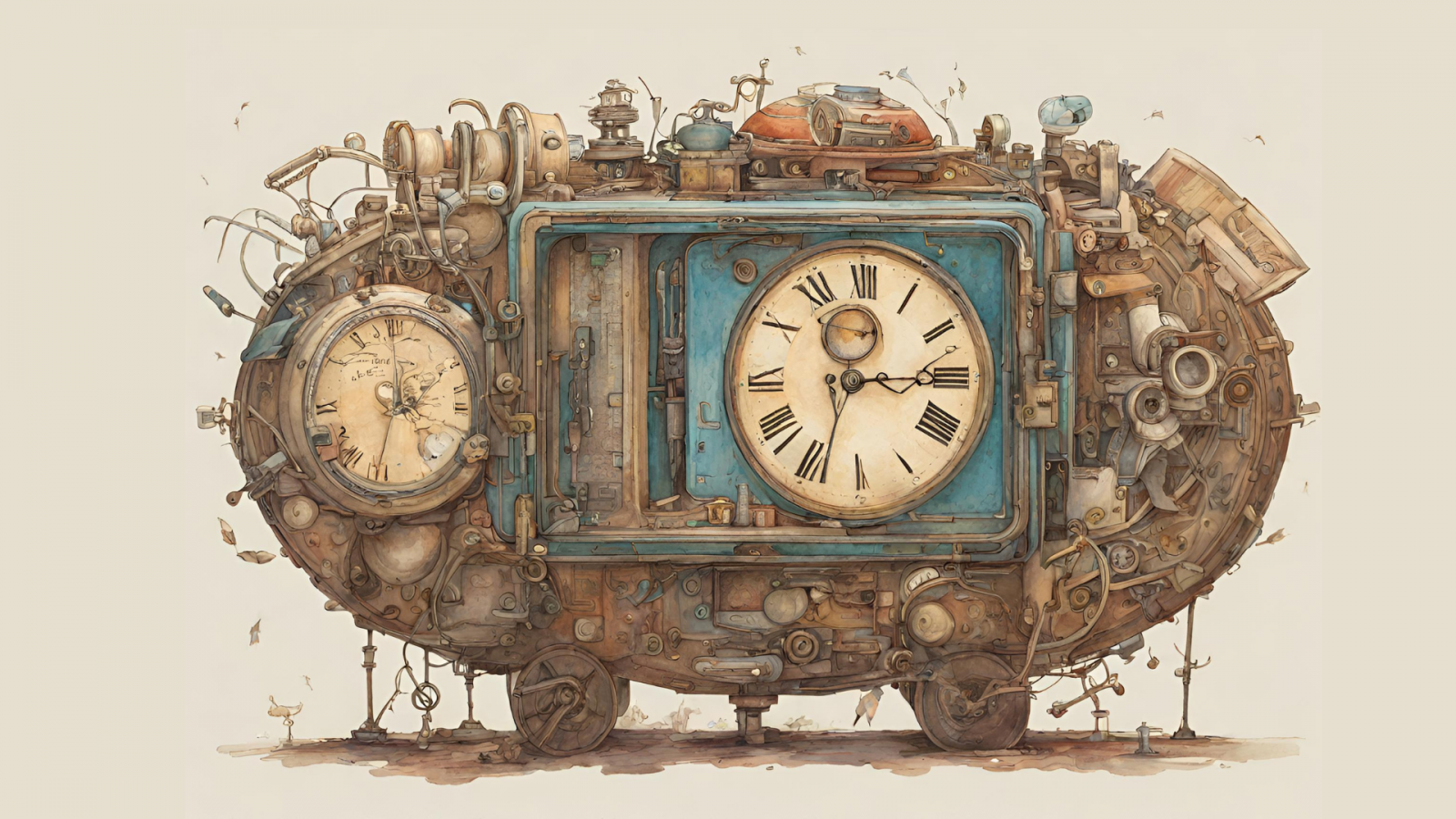
Tarot is an intricate tapestry of symbolism, intuition, and ancient wisdom that has captivated the human imagination for centuries. Traditionally utilized for guidance, self-reflection, and divination, Tarot cards can also be used to forecast temporal events. While the Tarot is not a clock ticking away seconds and minutes, it does hold subtle keys to understanding timing in the context of an individual's journey.
Below are some popular techniques that Tarot readers use to time events.
Seasons and Astrological Correspondences
Many Tarot cards are linked to specific astrological signs and seasons. For example, the Emperor card is associated with Aries and can signify springtime. By noting the astrological or seasonal symbols within the card's artwork or traditional meanings, you can interpret when an event may happen. This method works especially well for larger cycles and transitions.
Example: Imagine you pull the Empress card while asking, "When will I experience abundance?" The Empress is often associated with Venus and the earthy, fertile season of spring. In this case, you could interpret that abundance may come to you in the springtime.
Numerology
The numbers on Tarot cards aren't just there for show; they hold significant meaning. Some readers assign time periods to these numbers. For example, a card with the number 3 could indicate three days, three weeks, or three months, depending on the context of the reading. While this method is more open to interpretation, it can offer valuable insights.
Example: If you draw the Six of Cups and ask, "When will I reunite with an old friend?" Numerologically, the number six might signify six days, weeks, or months, depending on the context. If the reading feels more immediate, you might predict a reunion in six days. If the energies feel like they're in slower motion, six months might be more accurate.
Suit Elements
Each suit in the Minor Arcana corresponds to an element: Cups with Water, Wands with Fire, Swords with Air, and Pentacles with Earth. These elements can give an indication of timing:
These suit-based time frames add another layer to understanding when events may occur, apart from their seasonal associations:
Example: You pull the Two of Swords when asking about making a decision. Swords are often considered to represent days. Therefore, you might interpret that you have approximately two days to make this decision.
The Timing Position in Tarot Spreads
Some Tarot spreads come with a specific "timing" position. When you draw a card for this slot, its interpretation can give you clues about the timing of events or outcomes related to the reading.
Example: In a spread, one of the positions is often reserved for timing. If you draw the Wheel of Fortune in this spot when asking about career advancements, it may signify that the timing is variable and subject to change, given the Wheel's associations with cycles and destiny.
Intuition and Context
Your intuitive insights are crucial when determining timing with Tarot cards. Even if a card traditionally signifies autumn or the number 7, your intuition may guide you to a different understanding. Always consider the context of the question and your intuitive feelings when interpreting timing.
Example: You feel particularly drawn to the Moon card and its mysterious aura during a reading about when you might move houses. Even though the Moon often indicates cycles and phases, your intuition strongly tells you the move will happen at night, perhaps during a new or full moon.
Reader's Discretion
Timing in Tarot is not an exact science. While these methods can give you a general idea, they're not a guarantee. Tarot offers a snapshot of the energies surrounding you at the time of the reading; these energies are always in flux.
Conclusion
These examples should provide you with a more hands-on understanding of how to gauge timing in Tarot readings. Remember, the Tarot serves as a guide and the ultimate timing of events can be complex and subject to free will and changing circumstances. Timing events through Tarot cards is a nuanced practice that blends symbolism, intuition, and an understanding of the human experience. By incorporating techniques like astrological correspondences, numerology, suit elements, and specialized Tarot spreads, you can unlock a rich layer of guidance that goes beyond the "what" and "why" to also address the "when." Happy reading!
Whether you're a seasoned Tarot reader or a curious novice, the techniques above offer a gateway into the enigmatic world of Tarot timing. As you venture deeper, you'll find that time isn't just a series of ticking clocks but a vast, unfolding mystery waiting to be explored.